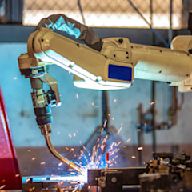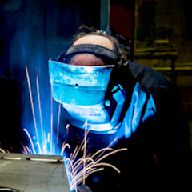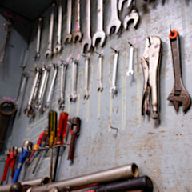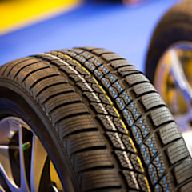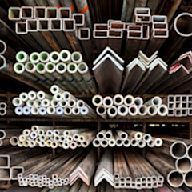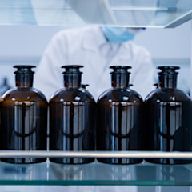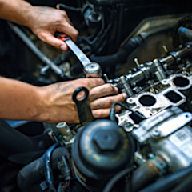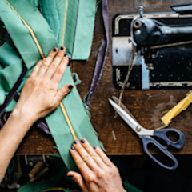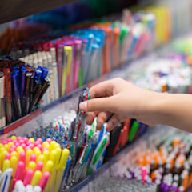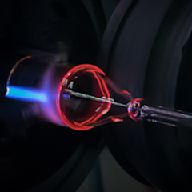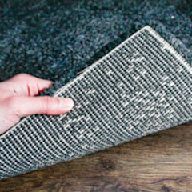Search results
Rubber is an elastomer, a large molecule that can be stretched and returned to its original shape. Learn why rubber is so stretchy and how we make it.
The meaning of RUBBER is one that rubs. one that rubs; an instrument or object (such as a rubber eraser) used in rubbing, polishing, scraping, or cleaning… See the full definition
Rubber - Synthetic, Production, Uses: The origins of the elastomers forming the base of synthetic rubber can be traced to the first half of the 19th century, when attempts were made to elucidate the composition and structure of natural rubber with the eventual goal of reproducing the material.
Discover more placesNear Columbus, OH
A synthetic rubber is an artificial elastomer. They are polymers synthesized from petroleum byproducts. About 32 million metric tons of rubbers are produced annually in the United States, and of that amount two thirds are synthetic.
Mar 8, 2021 · Natural rubber is a uniquely tough, flexible and highly waterproof material. It puts tyres on our vehicles, soles on our shoes, it makes seals for engines and refrigerators, insulates wires and...
Rubber - Processing, Synthetic, Natural | Britannica. Contents. Home Science Chemistry. Development of the natural rubber industry. If latex is allowed to evaporate naturally, the film of rubber that forms can be dried and pressed into usable articles such as bottles, shoes, and balls.
History: Rubber is an elastomer that is derived from the latex that is found in the tree Hevea brasiliensis—the Para rubber tree—mostly found in tropic regions such as South America (Brazil) and Southeast Asia (Malaysia, India, Thailand, and Indonesia).
